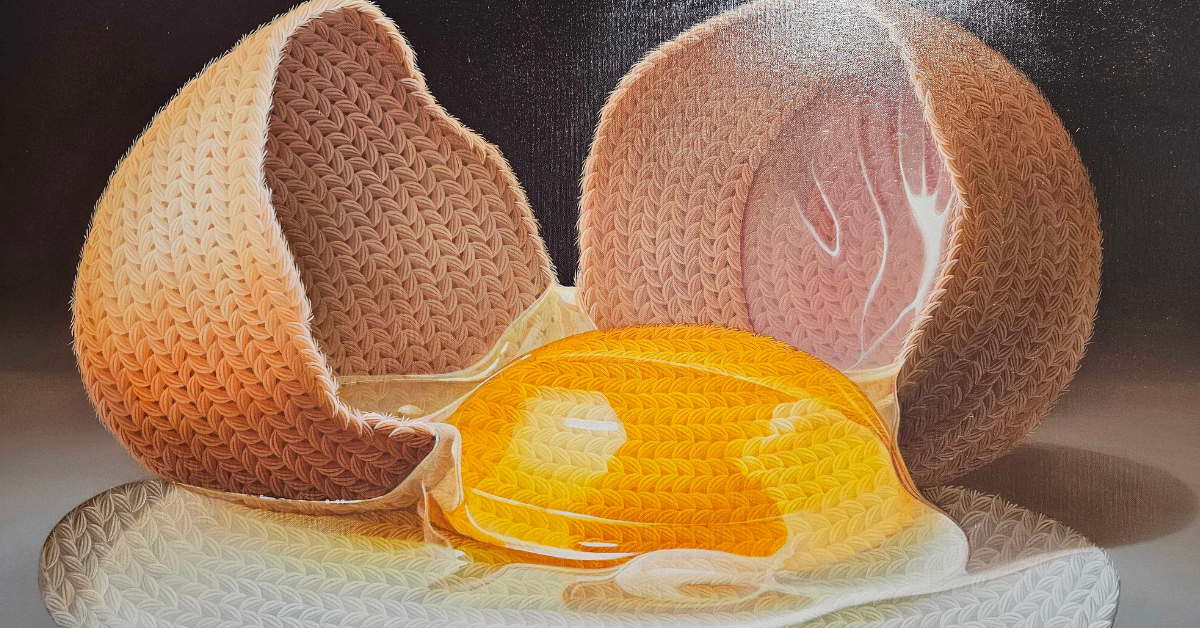
Fairs, Festivals, Galleries, Museums, Public Art, Street Art- find your comfort zone. Then step out of it!
As Miami Art Week 2024 approaches, I find myself thinking about all the choices we have to look at art. They can be overwhelming for so many reasons, but most of us are overcome by FOMO at some level. The challenge is to fulfill that need and have a good experience too.
There are so many options and the good news is that they come year round, so you don’t have to choose just one. The caveat to that is that many are time-limited, so it does take some thought and planning. And everyone has different motivations and expectations- do you want learn, expand your knowledge, have a moving experience or be a part of the fun? Maybe you are curious about something that has become a part of popular culture or you just keep hearing about it and decide it is time to see it. Perhaps someone you know is involved as a professional, participant or volunteer and you want to support them. Maybe you were induced to go as part of a group or social activity or at the insistence of a well-meaning friend.
Whatever gets you there, you can make the most of the visit, learn more if you choose and come away with a better ideas of what you like and enjoy. If you have followed my previous articles, you know that I think You Should Always Go See the Art. So here are some options for going and a little guidance on how to choose. Personally, I choose all of them at different times. The Ultimate Guide to Navigating Art Week 2024 Like a Pro is a great place to start.
ART FAIRS
Since Art Week is upon us let’s start here. So what is an art fair, exactly? It is usually an organized event where galleries, artists, and collectors come together to showcase and sell artworks. They vary in size and some are focused on a particular type of art or have a particular theme, but most have a variety of mediums including painting, sculpture, photography, digital art, installations and even performance art. Most are juried by a panel after an application process, judged by a variety of factors starting with the work itself and including reputation, past exhibits, the fit into the particular fair and the point of view of the panel. The cost to the participant can be high including the booth fee, shipping the work and staffing. Art fairs have become an important part of the art world. artists to gain exposure, for galleries to promote their artists, and for collectors and art enthusiasts to discover and purchase new works.
This is for you if you enjoy seeing a lot of art without a lot of commentary in the labels. It can be a very social experience and an opportunity to see and be seen. Many fairs have lounges, bars and receptions although entry may be determined by the level of ticket.
Most dealers and artists are delighted to talk to you about the art, which is a great and social way to turn this into a learning experience. Check the show schedule for more formal opportunities such as artist talks and curator lectures.
GALLERIES
An art gallery is generally a more intimate experience and unless you are there during an opening or other event tends to be quieter and less social. The space is usually dedicated to exhibiting art. They may host solo or group exhibitions and the work may be selected by a gallery owner, a panel of experts or in some cases by the artists themselves. Non-profit galleries may be parts of other institutions such as colleges, or often collectives of a group of artists. Commercial galleries are businesses that devote themselves to promoting a group of artists and selling their art. Both types of enterprises are important in providing opportunities for artists and venues for evolving the art ecosystem and facilitating access to art for the community.
Galleries vary quite a bit in size and presentation. Explore them if you are interested in seeing a curated exhibit or group of artists with less of a crowd and more time to spend with a specific group of works. There is usually someone there to answer questions and some written material about the artist.
Events my include receptions and learning experiences such as artist talks, thematic lectures on exhibit topics or media and workshops.
MUSEUMS
Museums are also dedicated spaces. They usually are a building or part of a building in which a particular set of objects such with art, historical, or scientific interest are collected, stored and shown to the public. They are almost always centered around a particular theme, which can get pretty quirky. For today, let’s just talk about art museums.
Art Museums are most often organized by time period, genre, a particular artist or geographic area. Many cover more than one of these, with multiple galleries, each devoted to a particular area. Most have education and community outreach baked into their mission.
Visit a museum to learn more about the topic at hand. There are many ways to do this. There is generally an opening statement about the exhibit on the wall or in a handout created as part of the curatorial process. Unlike galleries and fairs, the labels may include history and context for the work. Go even more in depth by opting for audio tours or attending lectures, classes and workshops.
If you join a museum, you will find yourself with additional opportunities and perks such as invitations to parties, special events and guest passes. Don’t forget the discounts that usually include the shop. Museum shops are a great source of unusual and interesting gifts for yourself and for others!
ARTS FESTIVALS
Arts festivals are celebrations. They may happen for a day or up to a week and serve to highlight a particular culture, or town and can encompass a variety of contemporary and traditional art forms — dance, music, theatre, arts and crafts in a more casual setting. For those that are mainly focused on art, the setting is usually outdoors and casual. Most commonly, the booths are manned by the artists themselves and include a variety of media ranging from painting and sculpture to jewelry and clothing. The artists are generally chosen through an application process. There are many artists that travel to show and sell their work seasonally or year-round.
Arts Festivals can provide a day of fun with the art as the main event added to by food stands, music and other performances. This is for you if you want to look at art in a fun and casual setting with a variety of unusual and interesting things to buy, often at very affordable prices. The artists love to chat about their work and enjoy sharing information about their process.
PUBLIC ART, STREET ART and GRAFFITI
Public art, street art and graffiti are all types of art you can see for free, sometimes by plan and sometimes by surprise. Often, it sets the tone for the surrounding environment.
Public art may be installed inside or outside, and there are no limits on the media. It generally is commissioned and chosen through a process, which will vary depending on who is paying for it. It may include an application and a panel of experts in art and architecture to evaluate and select the works.Many cities and states have a "percent for art" program that requires projects with taxpayer funding to include art in the planning process with the goal of enriching the surroundings and serving the community. Many private projects do this on the own. Monuments also fall into this category.
There is a lot of overlap between street art and graffiti and it is sometimes hard to tell the difference. There is a long history of artists writing or painting on public walls as a form of rebellion and that certainly continues. Graffiti is almost always unsanctioned and is often seen as vandalism. It generally includes writing starting with tags moving up to highly developed wall paintings. It almost always includes cultural or political commentary, be it humorous, political or sarcastic.
Street art may come in the form of wall murals or sculptures and may have permission and even payment involved. It may be temporary as in chalk painting festivals or when a building changes hands. It differs in that it does not usually go through a curatorial or selection process and may be intended to advertise or inform as opposed to being commentary.
Public art and street are generally where you find them, but you can find them. Cities that sponsor public art usually have information on their websites and historical sites generally hold the key to finding monuments. You can seek out street art by looking for neighborhoods that feature it or by just keeping your eyes open.
If you are looking for educational opportunities, tours are going to be your best bet, either architectural or self-guided. Sometimes there are labels right on the wall. If the art is related to the current occupants of the building, sometimes information can be found just by asking!
There is no need to choose a particular way to look at art- I enjoy all of these at different times. You may seek out your own experience or be pulled in by others. Whatever the circumstance. relax, enjoy and try to learn something new.
Similar Posts
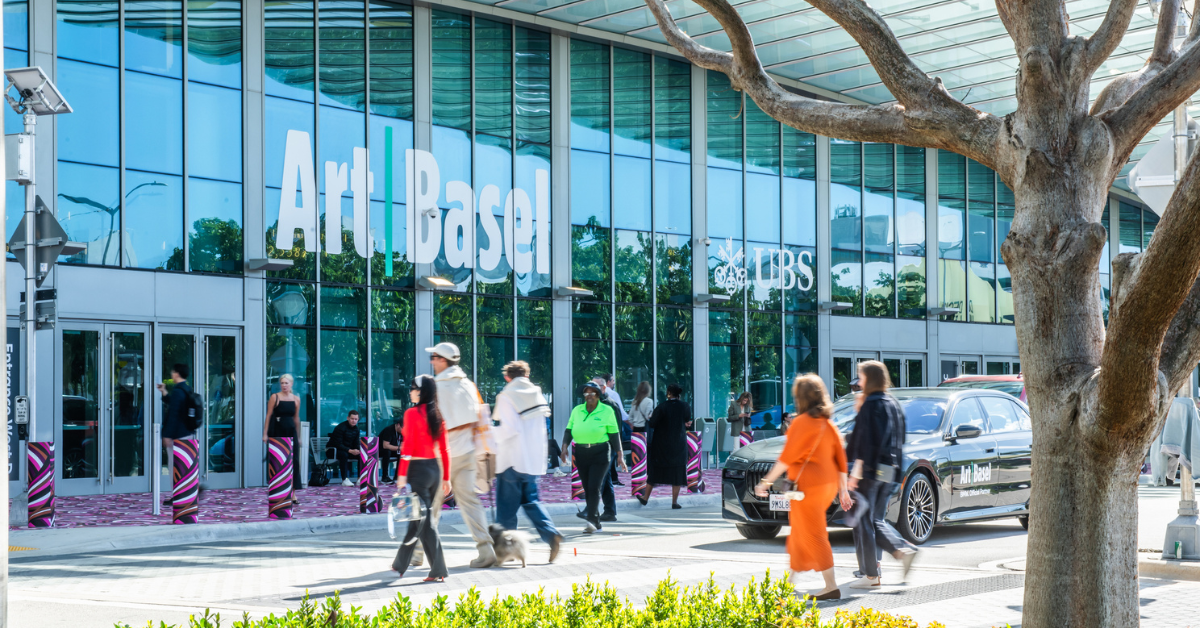
The most wonderful time of the year? Art Basel Miami Beach!
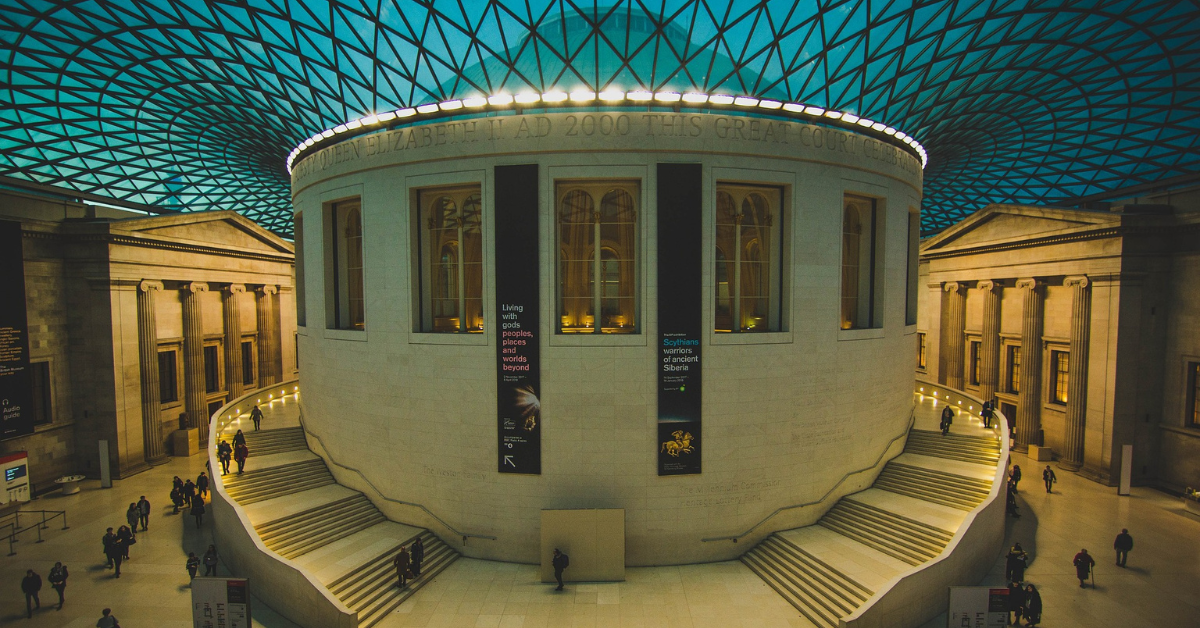
The World's Most Famous Art Galleries and Museums You Absolutely Need to Visit

Opera: The Musical Theatre of the Renaissance
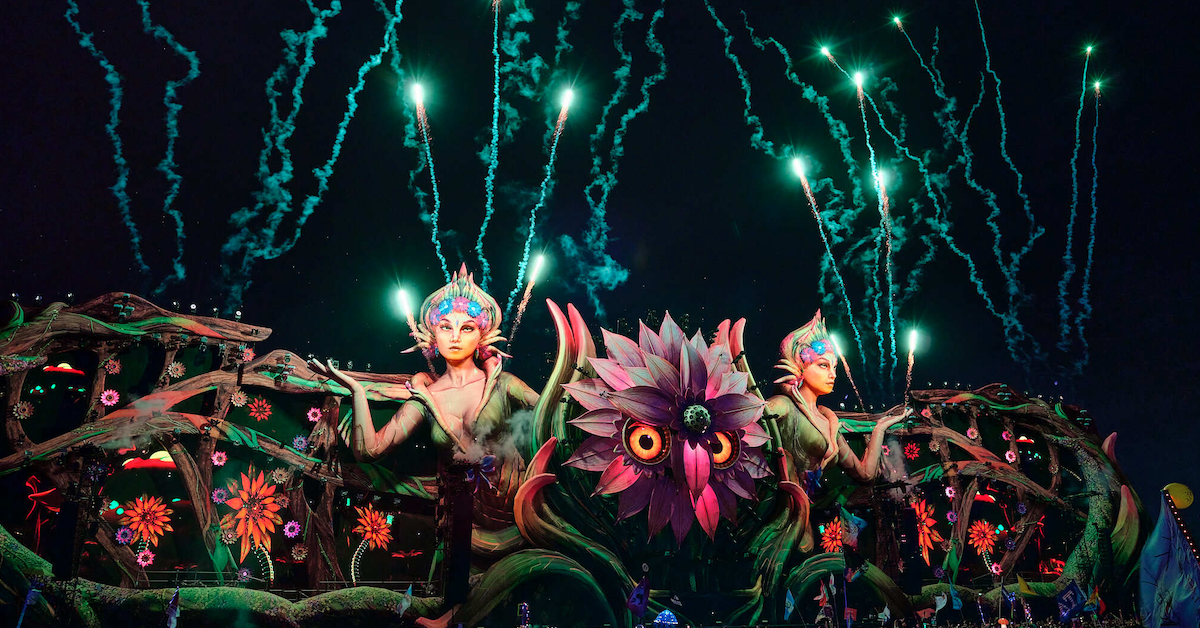
Your Ultimate Guide to the Top 10 Music Festivals of 2024/25

SOUTH FLORIDA SYMPHONY ORCHESTRA (SFSO) BRIDGES RECENT STATE OF FLORIDA FUNDING CUTS FOR THE ARTS THROUGH TRAVEL
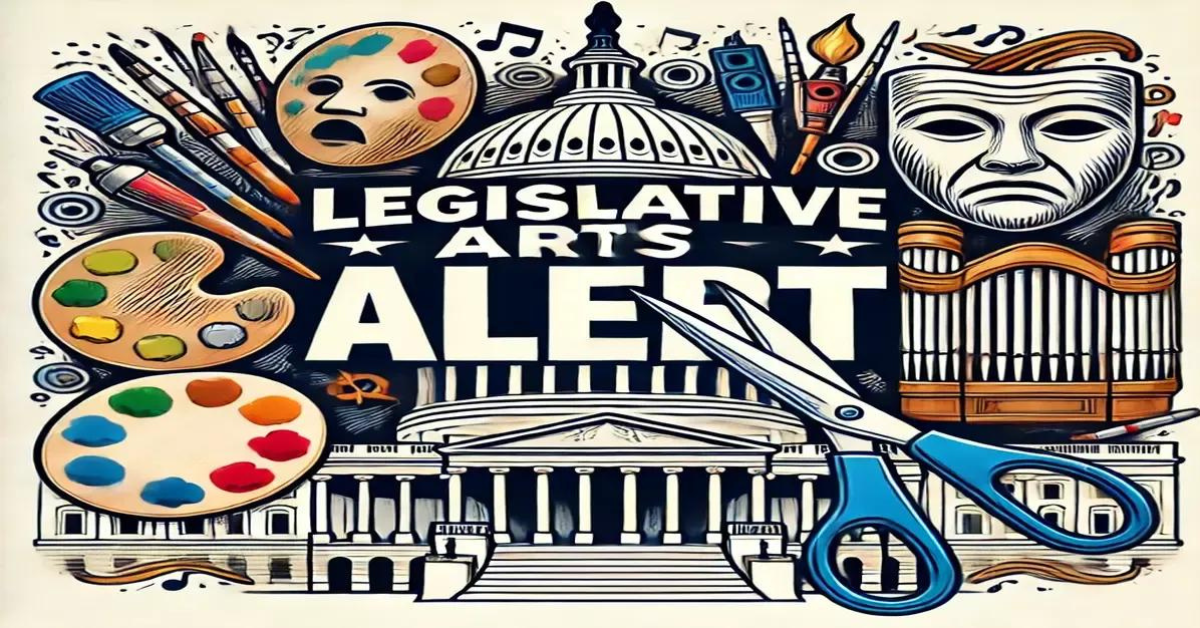
Oppose Drastic Cuts to the National Endowment for the Arts & Humanities
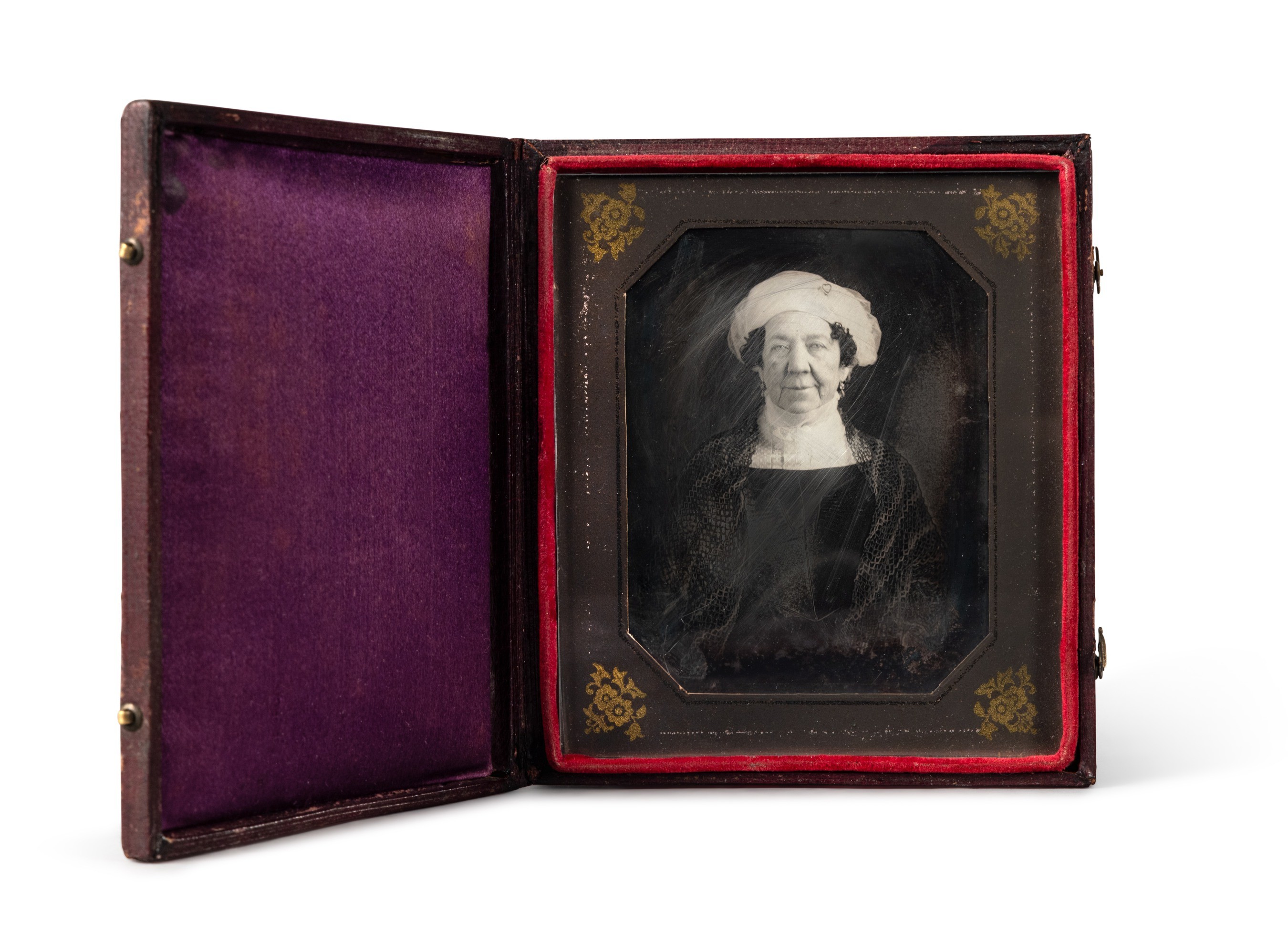
National Portrait Gallery Acquires Earliest Known Photograph of a US First Lady

delete
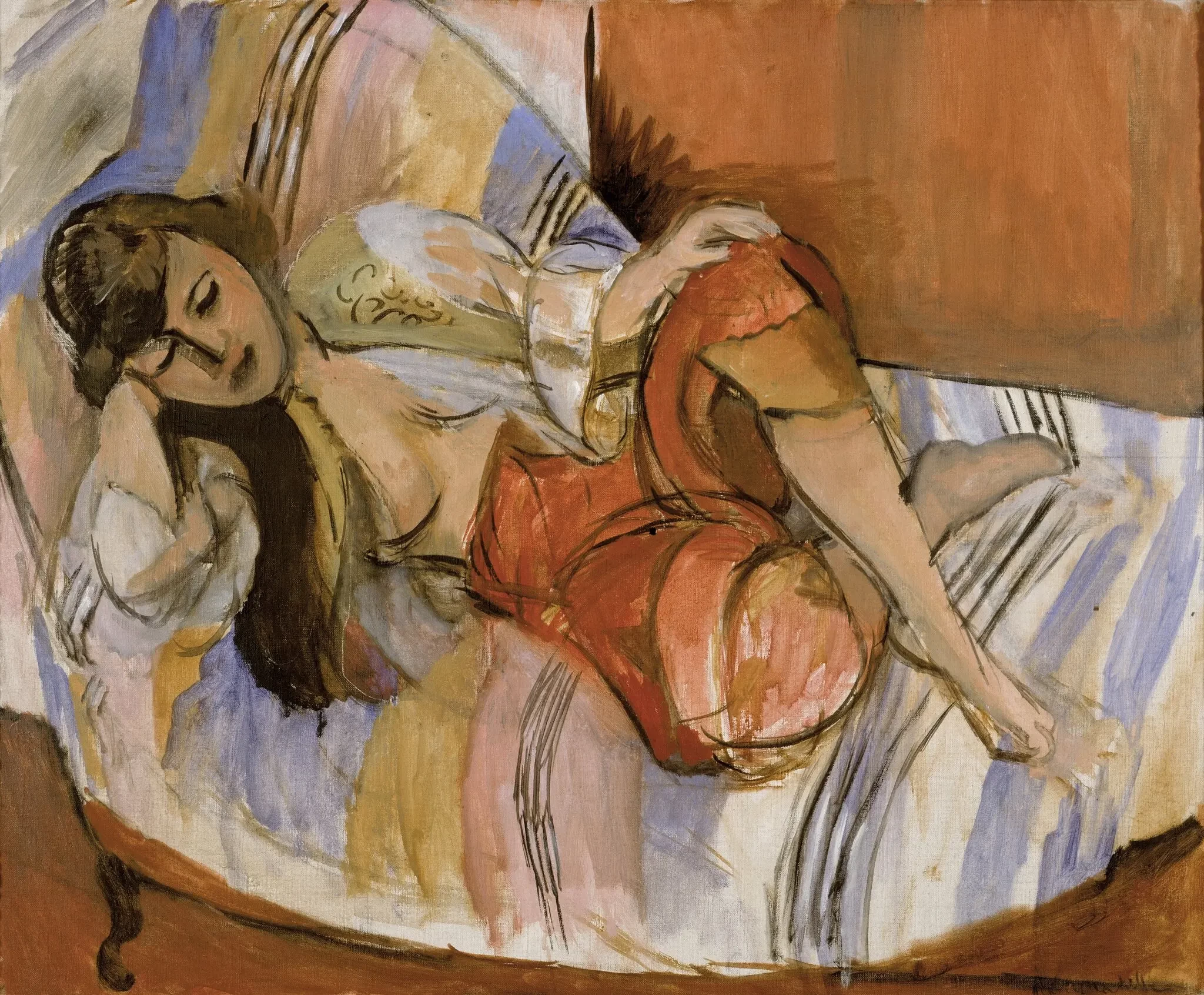
Matisse Painting Stolen During WW2 Returned to its Rightful Owners

Which of These 5 Types of Cultural Traveler Are You?
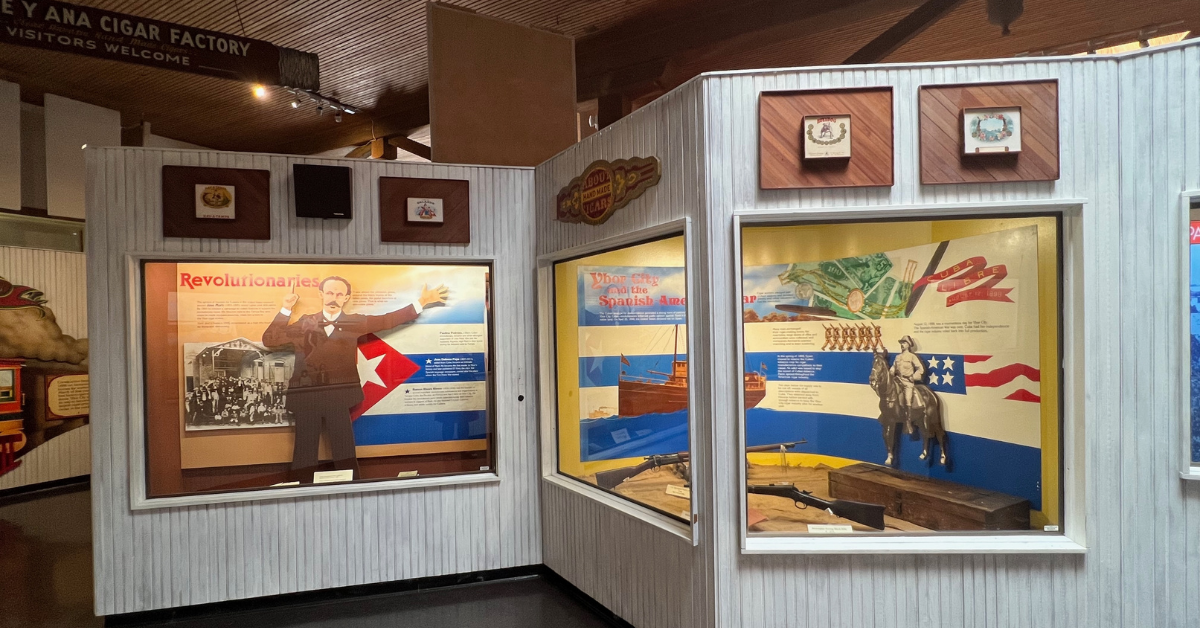
Curators - What Do They Do And Why Do We Need Them?
